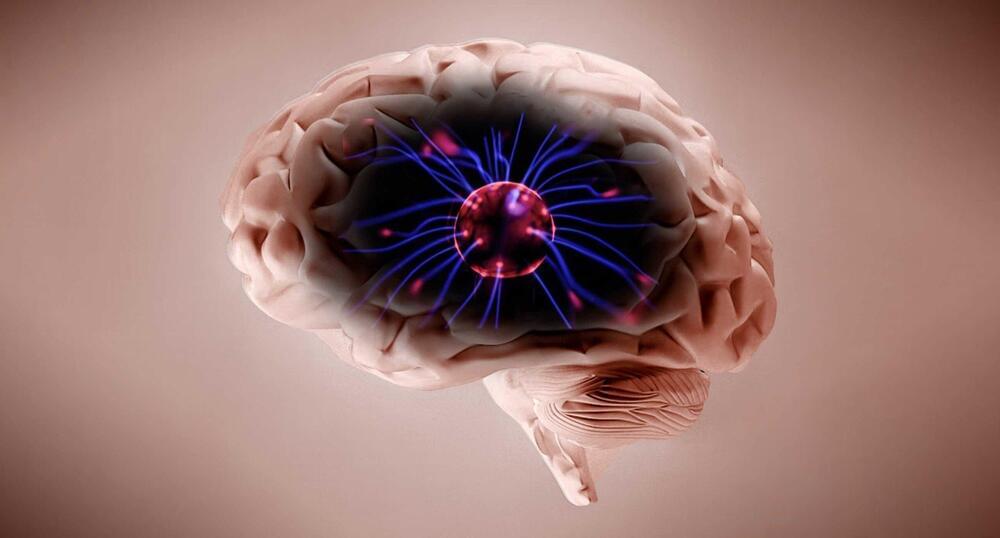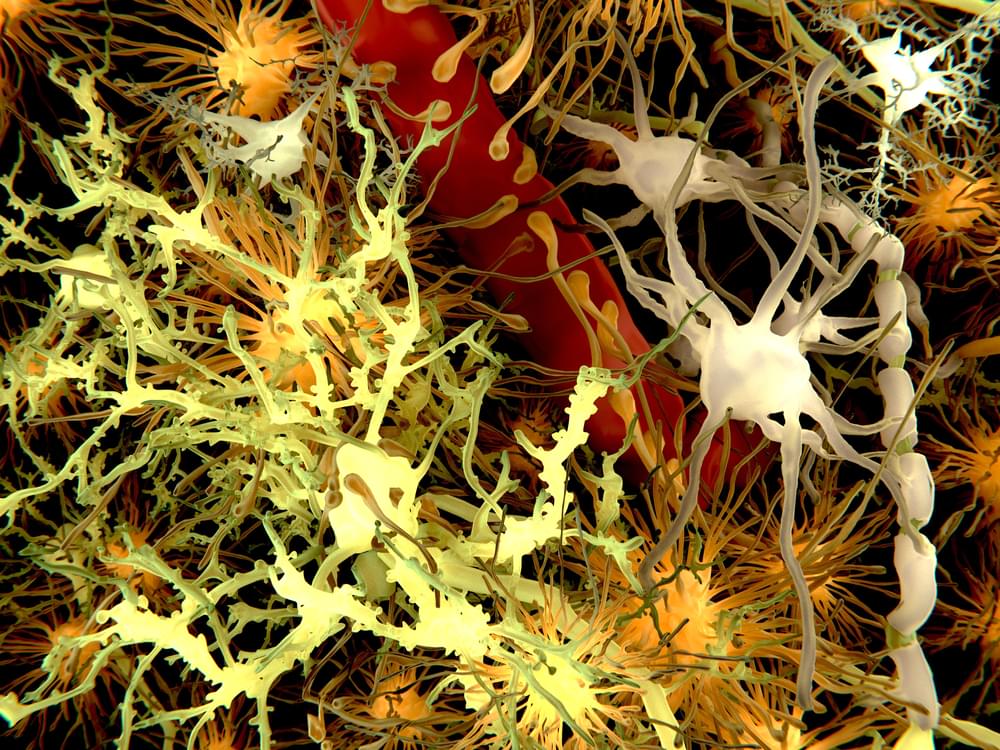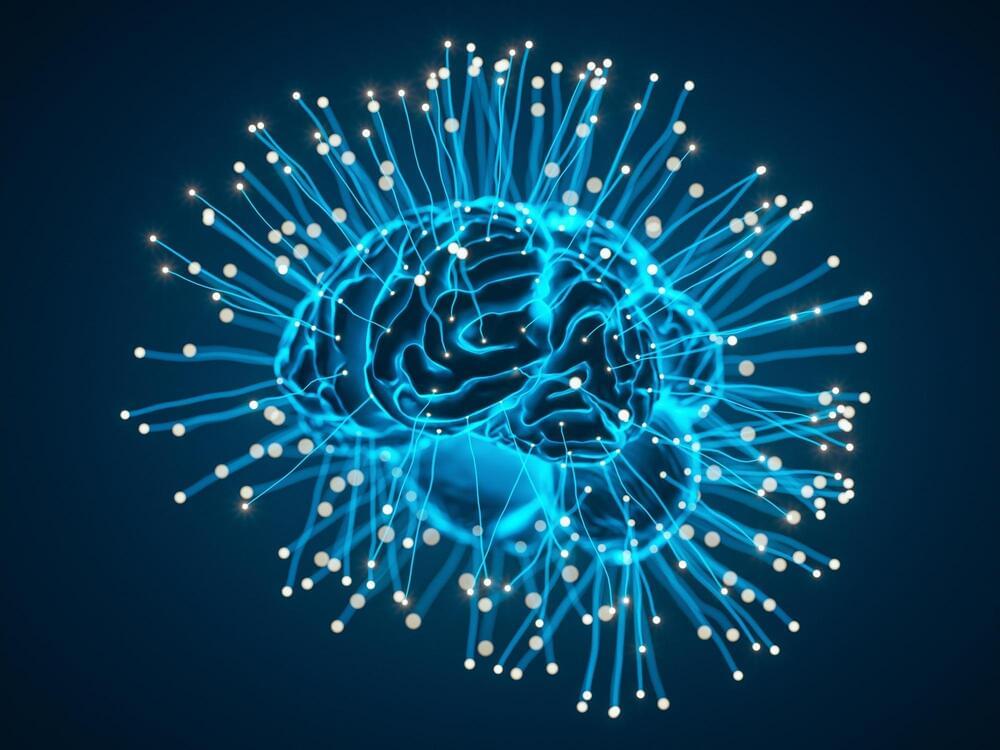One of the most enduring human mysteries is why we possess sentient awareness, a paradox known to science as the “hard problem of consciousness.”
At the physiological level, we have a good understanding that consciousness is driven by electrical impulses and chemical signals between neurons in the brain. Though precisely what regions of the brain are responsible for thoughtful experience is still a matter of debate.
However, scientists still do not understand why the same essential elements of the universe can come together to form an inanimate object like a rock or a highly complex organic structure like the human brain.






